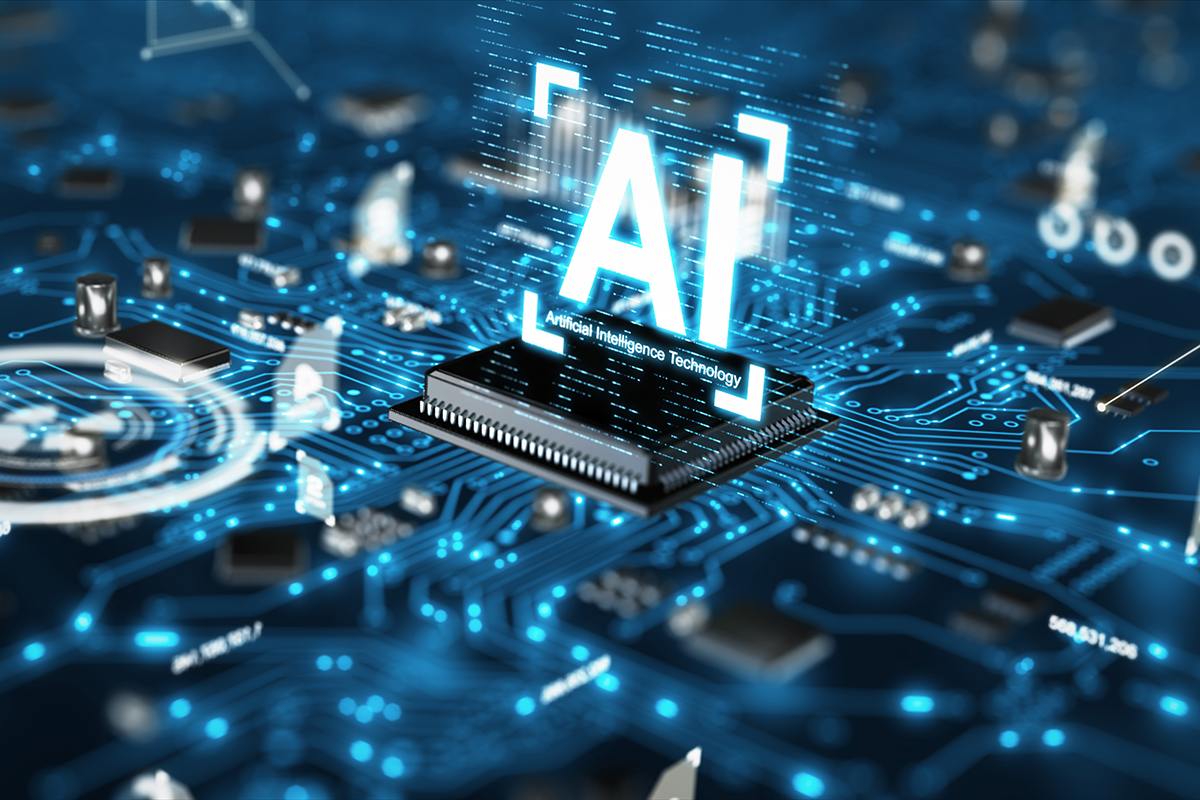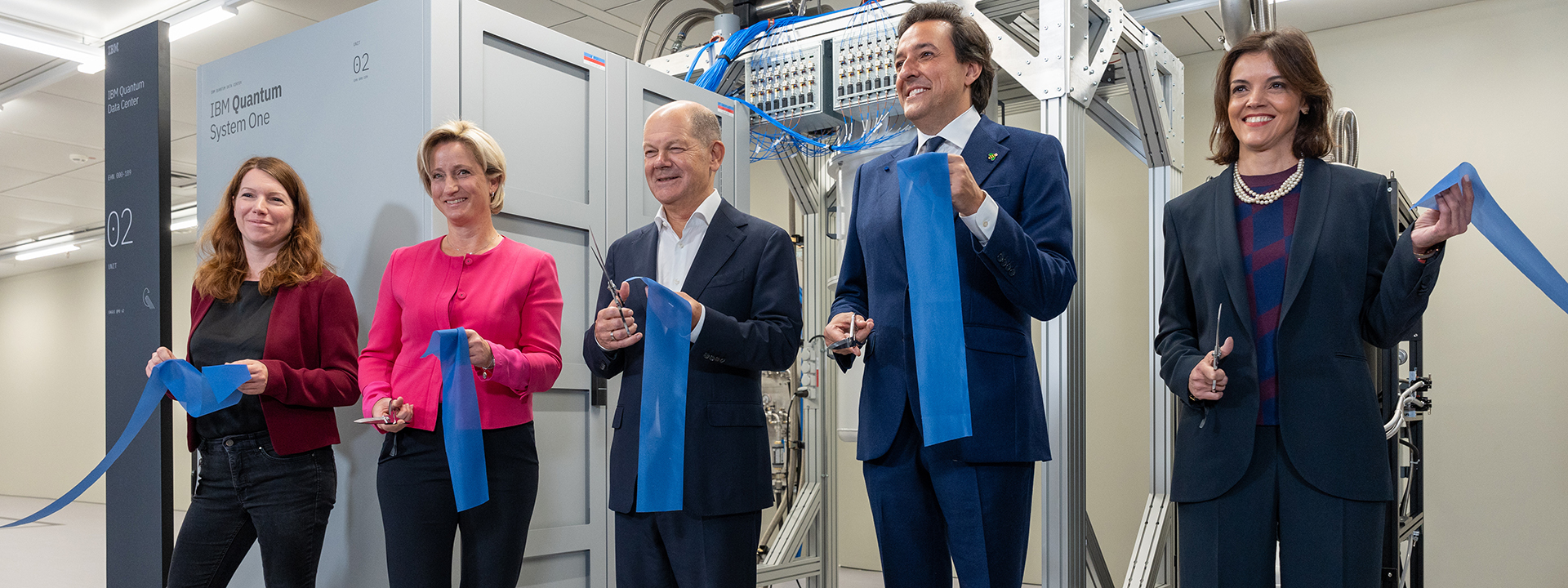
Do Chatbots Just Need More Time to ‘Think’?
A technique called “test-time compute” can improve how AI responds to some hard questions, but it comes at a cost.
Exploring advancements in AI and their implications
Introduction
In an era dominated by rapid technological advancements, the latest trend in artificial intelligence appears counterintuitive: intentionally slowing down chatbot responses. Leading machine-learning researchers and technology giants like OpenAI and Google are shifting their focus from merely increasing model size and training data to implementing a concept known as test-time compute. This method aims to enhance AI systems by allowing them more time to process and evaluate their responses before delivering them.
> This strategy is often likened to giving AI more time to “think” or “reason,” though it’s essential to understand that AI operates within rigid parameters, quite unlike human cognition.
Understanding Test-Time Compute
Also referred to as inference scaling, test-time compute allows AI models to utilize additional computational resources during the inference process—where previously trained AI applies its knowledge to new data prompts. By extending the time between a user’s request and the AI’s reply, developers are seeing a substantial accuracy boost in chatbot responses, particularly for complex queries.
This approach is especially beneficial for tasks demanding quantitative precision, granting significant enhancements in problem-solving capabilities, such as programming and advanced mathematical inquiries. OpenAI’s recently launched AI model, o1, exemplifies this trend; it reportedly excels in generating computer code and providing answers to challenging scientific questions. Recent findings indicate that o1 is up to eight times more accurate in programming contests and nearly 40% more accurate when addressing advanced physics, biology, and chemistry questions. This leap forward highlights the immense potential of test-time compute to refine AI output.
 The future of AI technologies
The future of AI technologies
Balancing Pros and Cons
Despite the marked improvements that test-time compute can offer, it is not without its drawbacks. One significant trade-off is the increased latency in response times. While some users may appreciate the brief pause as the AI processes information, longer wait times can frustrate users in more straightforward interactions, potentially leading to disengagement.
Additionally, deploying this method can be computationally expensive; utilizing models like o3 can cost over $17 per individual task or exceed $1,000 for extensive operations. This financial burden emphasizes the need for a thoughtful approach when considering whether to implement test-time compute, particularly given the rising awareness surrounding the energy consumption of generative AI systems.
Should the adoption of test-time compute allow for smaller models to achieve superior performance levels—or even mitigate the necessity for constant model upgrades—it could contribute positively to environmental sustainability while enhancing AI reliability. However, industry stakeholders must weigh the value of increased compute time against overall efficiency and the specific application context.
The Path Ahead
As the landscape of AI technology evolves, the unique challenges posed by test-time compute will require careful navigation. Innovations that enhance the reliability of AI outputs will need to strike the right balance between computational expense, response capabilities, and user experience. The future of AI, it seems, may not only hinge on the evolving complexity of its models but also on the reasoned implementation of practices that allow these systems the critical time to “think.”
In conclusion, as we delve deeper into the capabilities and limits of AI, focusing on enhanced reasoning through test-time compute could redefine how we interact with these intelligent systems. The challenge will lie in making strategic decisions that elevate performance without sacrificing efficiency—an endeavor that demands both innovation and responsibility from developers and organizations alike.
Vision of a smarter AI world















